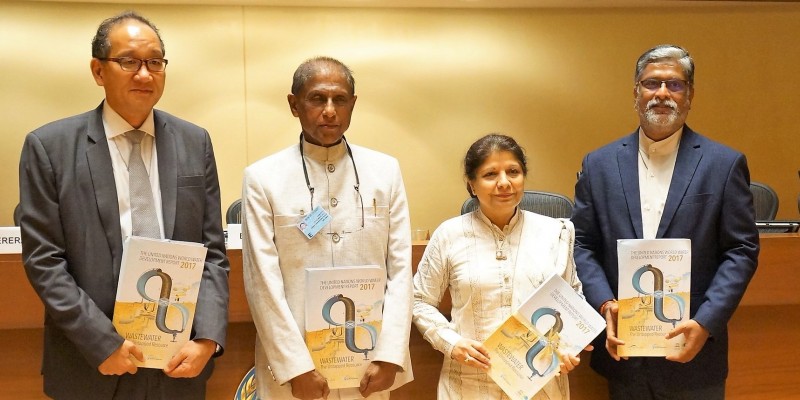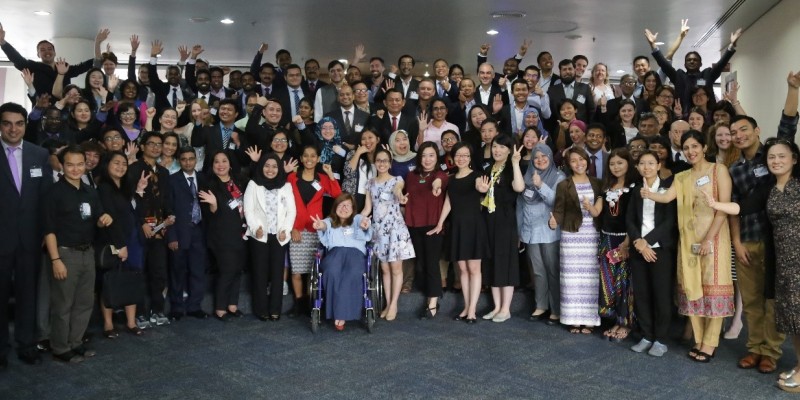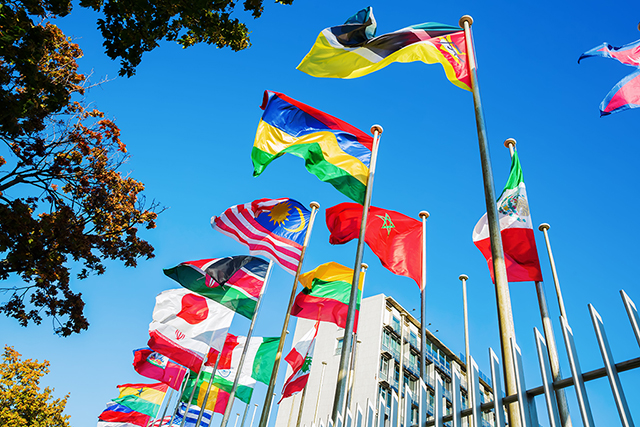Putting evidence into action for youth development in Asia
Socially committed and politically active youth and government officials from 17 Asian countries are meeting in Bangkok to share experiences on using evidence-based approaches in youth development policies and programming.
More than 80 people, including youth leaders and representatives from government, civil society and international partners, are taking part in a technical workshop from 29 May-1 June to discuss ways to increase the use of youth indicators and global data in national youth policies.
Participants called on Asian governments to recognize that young people and evidence-based youth policies are essential components to national development and to invest accordingly. They also agreed to devise country action plans to strengthen youth policy development and implementation.
The technical workshop represents an important inter-agency effort. It was convened by the Commonwealth Secretariat along with 9 UN entities: DESA, ESCAP, ILO, UNDP, UNESCO, UNFPA, UN Habitat, UNV and UN Women. Representatives from ASEAN and the South Asian Association for Regional Cooperation (SAARC) presented regional youth frameworks, including the ASEAN Youth Development Index.
Over 60% of the world’s youth population, or 717 million young persons aged 15 to 24, live in Asia-Pacific and within the region itself, young people account for 19% of the population. Many have benefited from Asia-Pacific’s social and economic development: youth unemployment remains the lowest among all regions of the world, at 11%. Between 2000 and 2011, secondary and tertiary education enrolment rates increased from 51 to 64% and 14 to 26% respectively.
Though net enrolment in secondary education has been steadily increasing, challenges persist. Transition to the labour market remains a major challenge as youth unemployment is more than double the rate of the total working age population. Asian youth can be a great force for economic and political change, namely an indicator of a coming demographic dividend, if countries make strategic investments in health, education and governance at all levels.
The 2030 Agenda recognises young people as agents of change. The global focus on the implementation of the 2030 Agenda for Sustainable Development provides young people and other stakeholders with the opportunity to be meaningfully involved at all levels, particularly in the implementation, monitoring and evaluation of youth-related policies aimed at bolstering the Agenda and its Sustainable Development Goals.
UN Secretary-General António Guterres spoke to this potential. “I hope that new generations will be able to do what the present generation has not been able to do: to strengthen a democratic multilateral governance mechanism in order to allow peace to prevail in our world."
Over the four-day workshop, participants discussed how evidence can be used at all stages of the youth policy process, from formulation to monitoring. They also shared good practices on youth engagement and social inclusion in youth policies, and developed their capacity to mainstream youth in sectoral policies.
Participating countries, represented by youth ministry officials, regional and national youth leaders and national statisticians, were: Bangladesh, Brunei Darussalam, Cambodia, China, India, Indonesia, Lao PDR, Malaysia, Maldives, Mongolia, Myanmar, Nepal, Pakistan, Philippines, Singapore, Sri Lanka, Thailand, Timor-Leste and Viet Nam.





